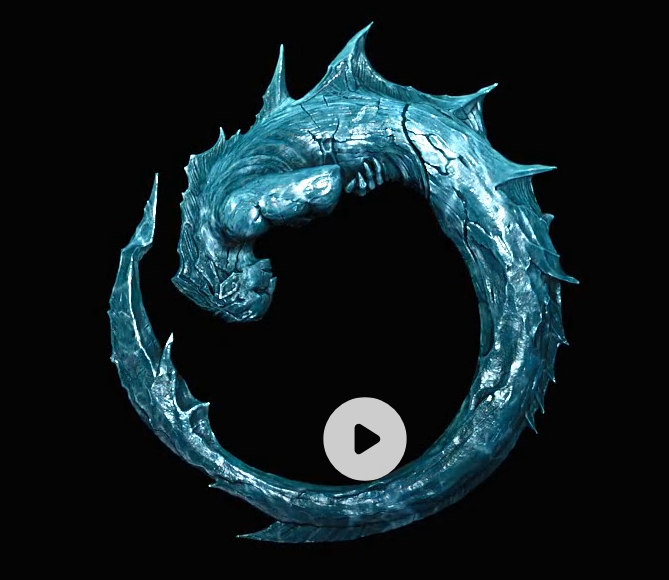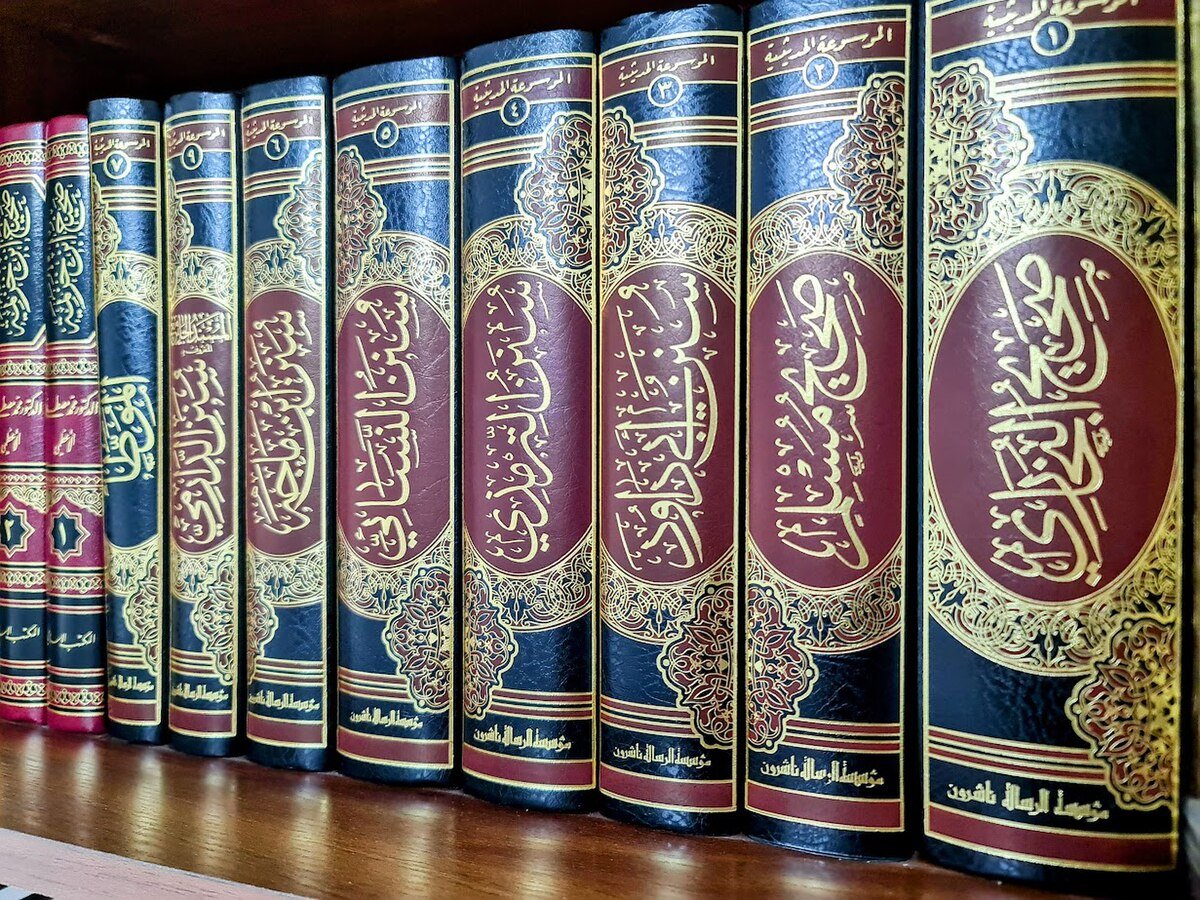Ahmad ibn Fadlan, a 10th-century Arab traveler, provided one of the most detailed accounts of the Volga Vikings, also known as the Rus. In his writings, he described them as tall, fair, and heavily tattooed, with tattoos covering their bodies from fingernails to necks. He noted their physical strength and imposing presence, which made a strong impression on him. Ibn Fadlan also observed their hygiene practices, mentioning that they were meticulous about cleanliness, regularly washing their faces and hands. However, he found their customs and rituals quite different from his own, particularly their funeral practices, which included elaborate ship burials.
Ibn Fadlan\'s account also highlighted the Vikings\' social structure and daily life. He described their chieftains, who held significant power and were often accompanied by loyal warriors. The Vikings were skilled traders, engaging in extensive commerce along the Volga River, dealing in furs, slaves, and other goods. Ibn Fadlan was particularly struck by their religious practices, which included sacrifices to their gods and elaborate ceremonies. His writings provide a unique glimpse into the lives of the Volga Vikings, showcasing their cultural richness and the complexities of their society.






























.jpeg)











.jpg)

.jpg)

.jpg)
.jpeg)






.jpeg)
.jpg)

.jpeg)



















.jpg)



.jpg)
.jpg)








.png)


.jpeg)

.jpg)